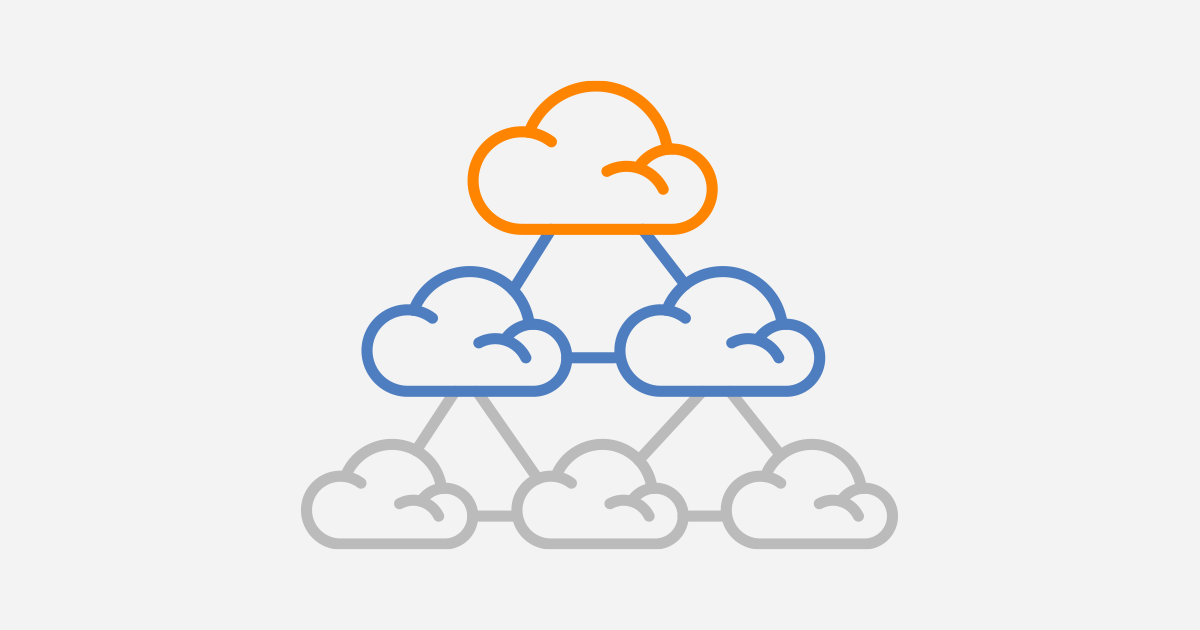In the field of connectivity and networking, understanding the intricacies of IP transit pricing is vital for those who want to maximize their operations and manage expenses effectively. Pricing structures are composed of a range of ports and services, each of which plays a part in the final price. Join us on a journey of unravelling the economics and the strategies behind IP transport prices.

Port and Service Dynamics
Pricing for IP transit is based on the usage of ports and services. Every service needs to be connected to one or several ports. This gives an adaptable framework that permits network configurations to be customized based on individual requirements. Each port can accommodate many products and charges will vary depending upon which ports are selected.
Understanding Committed Data Rate (CDR)
Committed Data Rates (CDR) constitute the base of IP transit pricing. They represent the minimum amount of data that is required by ports. CDRs need to be at least 10% of the size of the port in order to assure a minimum degree of connectivity. If a company opts for 10G, then the minimum commitment should be 1G. CDRs are used as the base for pricing. The greater the commitment, then lower will be per-unit prices.
Bursting Over CDR
IP transit ports are able to support bursting over the CDR. This allows businesses to deal with sudden spikes in traffic. The same price per Mbps is charged for burst traffic like it is for CDR. This allows companies to be flexible, without additional charges. This feature is particularly valuable to organizations with frequent changes in usage patterns, as well as variations in the frequency of network activity.
Factors Influencing Pricing
The size of the data rate, the port speed chosen, and the amount of traffic are all factors that influence IP transit pricing. In general high CDRs and higher ports mean lower unit costs. This encourages businesses to improve their connectivity in order to reduce costs. The competition in the market and the power of negotiation of the customer may also influence pricing agreements.
Optimizing Budgets to maximize Value
Navigating IP transit costs requires a strategic approach aimed at optimizing budgets while maximizing value. Businesses must evaluate their requirements for network connectivity thoroughly and take into consideration things like the expected volume of traffic along with scalability and performance targets. By coordinating their needs with the most suitable pricing and service plans, organizations can make sure that they reap the maximum benefit out of their investment.
Cost Management Strategies
Cost management strategies are an excellent method to reduce the impact IP transportation costs can affect budgets. This can be done by conducting periodic review of pricing agreements to identify opportunities for optimization or renegotiation. Making use of the information from networks analytics and monitoring tools can facilitate companies to take proactive decisions, which allows them to modify their configurations in real-time in response to changing needs.
The importance of Future-Proofing
In an ever-changing technological landscape, it is vital to secure your network infrastructure for long-term viability. When assessing IP transit cost options, organizations should take into account not only immediate requirements but also future growth and expansion. Selecting scalable solutions with room for growth and flexibility can assist in reducing the need for upgrade later.
Compare pricing models and providers
The IP transit market is populated by a broad variety of service providers, each offering unique pricing models and service offerings. Making thorough comparisons between providers will help companies determine the best fit to their requirements considering elements like reliability in performance, efficiency, and customer support as well as pricing. It is important to consider the entire value proposition of each provider, not only the bottom line.
We also have a conclusion.
To be able to navigate the economy of IP pricing for transit, it is important to be fully aware of the fundamental dynamics, factors and strategies. By using the insights gained from port dynamics and service pricing and optimizing budgets, and planning for the future of network infrastructure businesses can manage their expenses effectively while maximizing their investment. Through thoughtful planning and strategic decisions businesses can construct resilient high-performance networks to aid their growth and achieve success in a constantly connected world.
